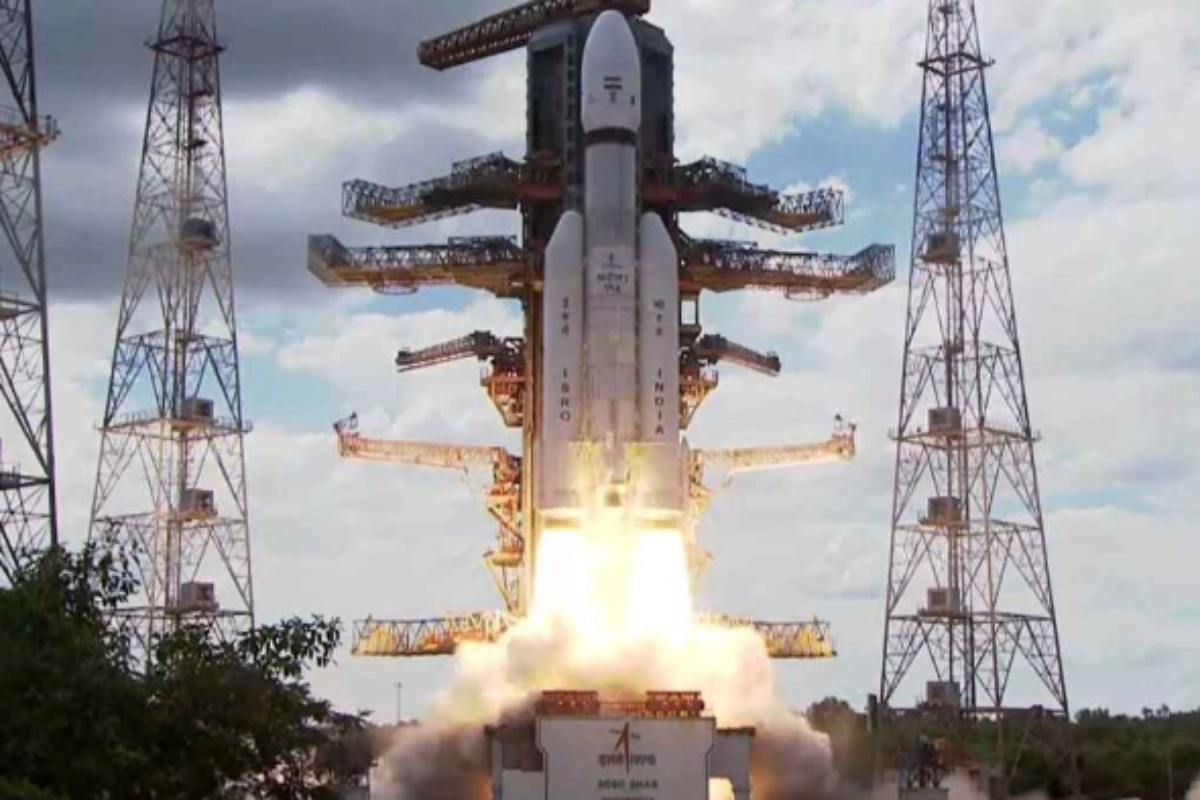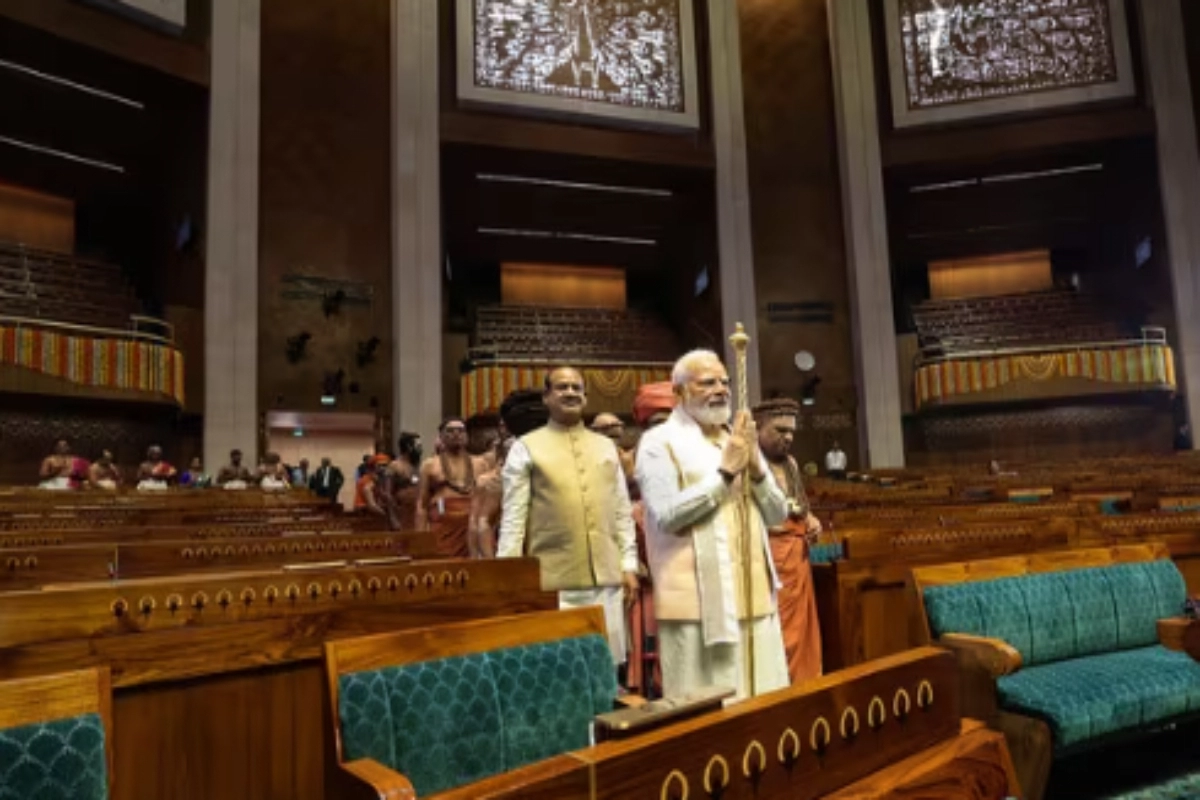Year Ender 2023: For the Indian Space Research Organisation (ISRO), 2023 was a very significant and historic year due to its numerous and astounding achievements. From being the first nation to reach the south pole of the Moon to launching a spacecraft to study the Sun, ISRO achieved enormous milestones.
Chandrayaan-3’s Lunar Triumph
India became the first country to accomplish this feat when the spacecraft made a successful soft landing on the Moon’s south pole, making Chandrayaan-3 a record-breaking mission. In less than two weeks, ISRO launched Aditya-L1, India’s first space-based solar observatory, following Chandrayaan’s Vikram lander’s soft landing on the Moon. India’s human spaceflight programme, Gaganyaan, successfully concluded its first leg in October 2023 thanks to the efforts of ISRO.
Chandrayaan-3
On Friday, July 14, at roughly 2:35 p.m., ISRO launched Chandrayaan-3, its third lunar exploration mission. After being launched from the Satish Dhawan Space Centre in Sriharikota, Andhra Pradesh, by ISRO’s largest and heaviest rocket, LV3, the Chandrayaan-3 spacecraft started its journey towards the Moon. On Wednesday, August 23, Chandrayaan-3 made a successful soft landing on the south pole of the moon. After the US, the USSR, and China, India became the first nation to softly land a spacecraft on the lunar south pole and the fourth nation overall to accomplish a soft landing on the moon. Because the lunar south pole is a fount of scientific and cosmic mysteries, most lunar missions attempt landings there.
Aditya-L1
Aditya-L1 was launched by ISRO on September 2 at approximately 11:50 am. Aditya-L1 launched from Satish Dhawan Space Centre (SDSC) atop a PSLV-XL rocket. From the Second Launch Pad at SDSC, this was the second launch. Known by most as PSLV-C57, the mission was PSLV’s 59th flight.
The path Aditya-L1 will take to reach the Sun is intricate and will take place in stages. After launch, the spacecraft will spend roughly 125 days travelling to its final location. Because studying the Sun will help scientists learn more about other stars in the Milky Way galaxy, Aditya-L1 will study the Sun. The Sun is the only star in the solar system.
Gaganyaan TV-D1
On October 21, 2023, at 10:00 am IST, ISRO launched the Gaganyaan program’s first unmanned flight mission. The mission, carrying an unmanned Crew Module and a Crew Escape System, was named the Test Vehicle Development Flight (TV-D1) or Test Vehicle Abort Flight. It blasted off from the First Launch Pad at Satish Dhawan Space Centre, Sriharikota, Andhra Pradesh. The first mission of Gaganyaan’s unmanned flight tests, Gaganyaan TV-D1, showcased the effectiveness of the Crew Escape System, making it a significant mission.
PSLV-C55
On April 22, ISRO launched two Singaporean satellites as a component of the PSLV-C55 project. The mission is called TeLEOS-2 because TeLEOS-2 was launched by PSLV-C55 as the primary satellite. At 2:19 PM, TeLEOS-2 and Lumelite-4 were launched from Satish Dhawan Space Centre by a Polar Satellite Launch Vehicle (PSLV). Launched as a co-passenger satellite was Lumelite-4. The two Singaporean spacecraft, TeLEOS-2 and Lumelite-4, weigh 741 kg and 16 kg, respectively, and are in an easterly low-inclination orbit.
ISRO-Microsoft Collaboration
A Memorandum of Understanding between Microsoft and ISRO was signed on January 5th, with the aim of empowering Indian space-tech startups through the provision of technology tools and platforms, mentorship, and go-to-market support. This will enable them to grow and get ready for the enterprise. According to a statement released by Microsoft, the collaboration aims to strengthen ISRO’s vision of leveraging the market potential of the most promising space-tech innovators and entrepreneurs in India.
SSLV-D2
On February 10 at approximately 9:18 a.m., ISRO launched the Small Satellite Launch Vehicle (SSLV) on its second developmental flight. ISRO’s smallest launch vehicle is called SSLV. The mission, also known as EOS-07 or SSLV-D2, was launched from Satish Dhawan Space Center’s First Launch Pad.
Launched on August 7, 2022, SSLV’s inaugural mission was unable to deliver its payloads into the desired orbit. The goal of SSLV-D1, the program’s first developmental flight, was to launch two satellites into a circular orbit that would circle 356 kilometres. After a 15-minute flight, SSLV-D2 successfully launched the satellites Janus-1, AzaadiSAT-2, and EOS-07 (Earth Observation Satellite-07) into a 450-kilometer orbit.
Keep watching our YouTube Channel ‘DNP INDIA’. Also, please subscribe and follow us on FACEBOOK, INSTAGRAM, and TWITTER










